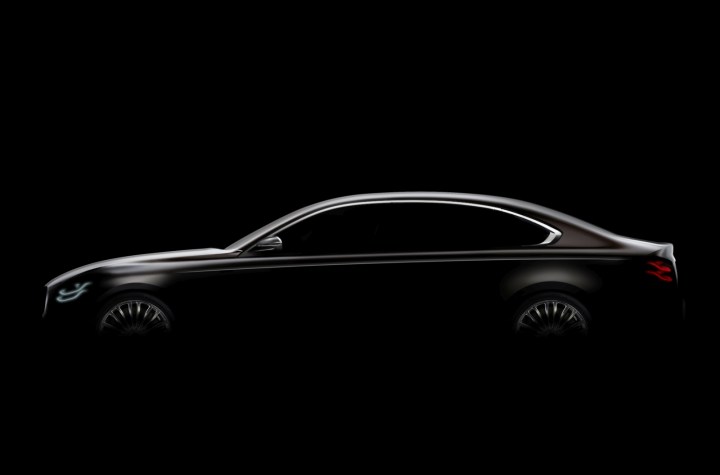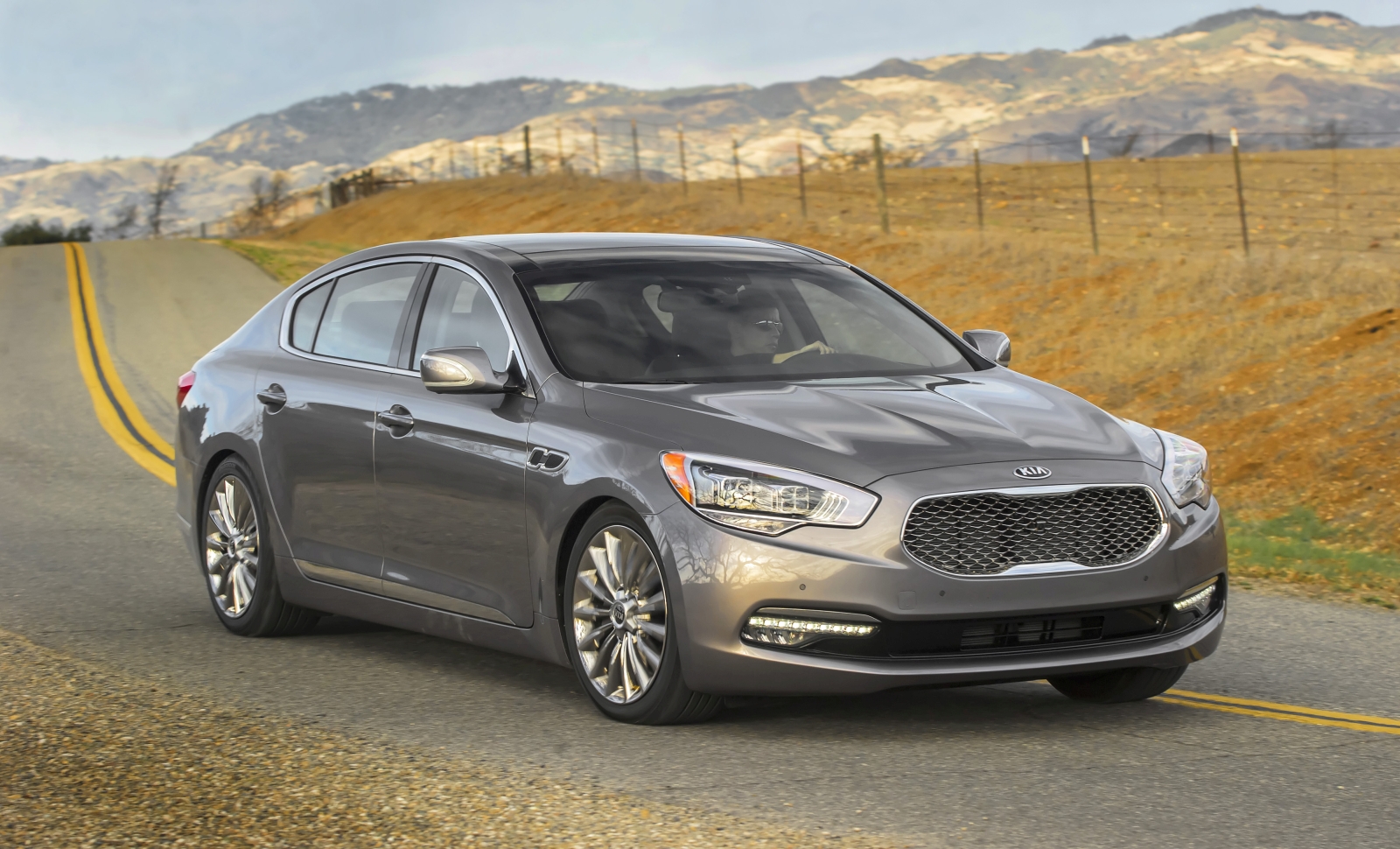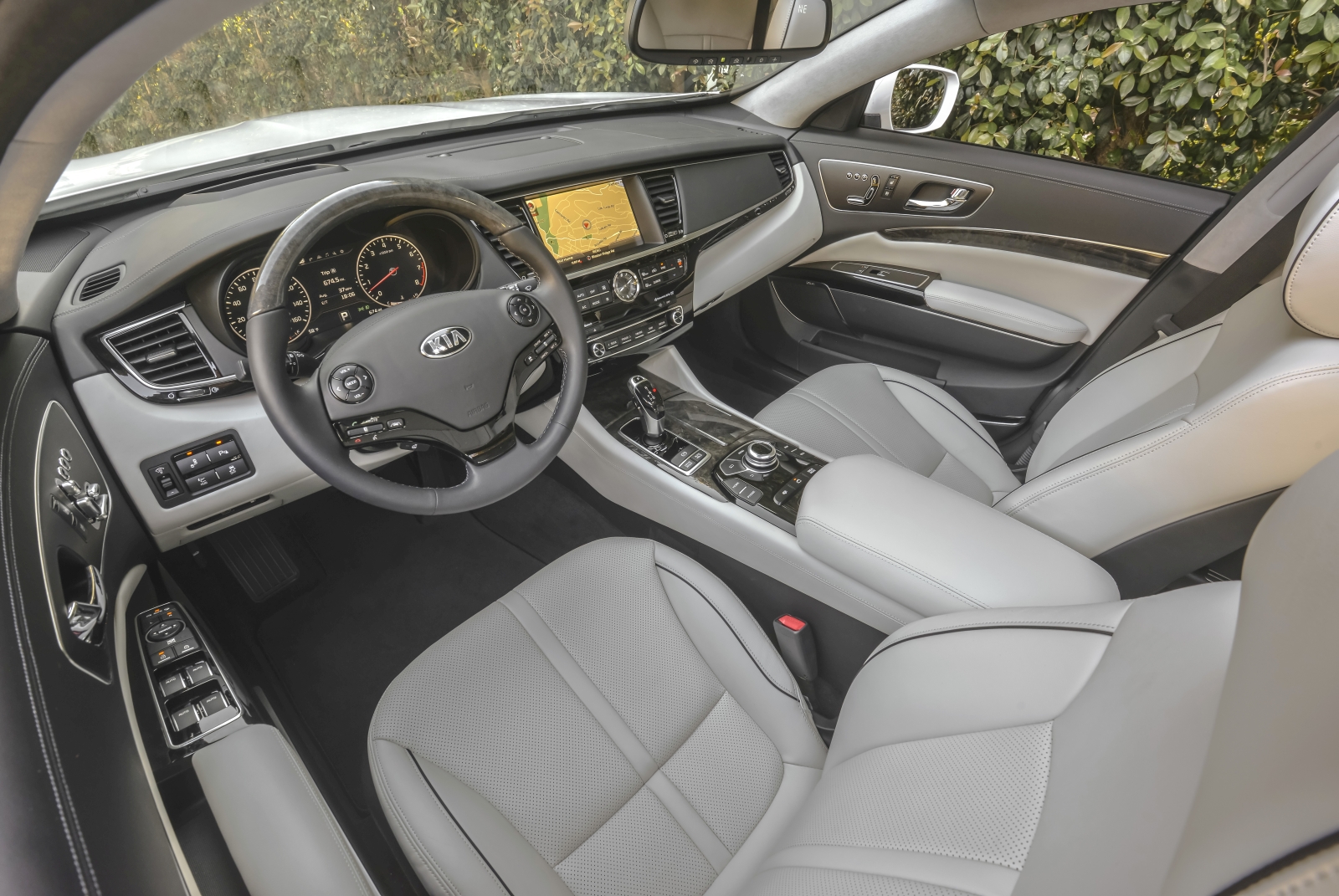When Kia first introduced its flagship sedan, the K900, it was serious proof that the company had acquired the know-how to make a full-fledged luxury sled. It featured solid interior quality and the same level of gadgetry you’d find in a Lexus. Couple that with the fact that it came with the same 5.0-liter “Tau” V8 as its cousin, the Hyundai Equus, and the K900 had everything it needed to be a true luxury sedan.
Except for one thing, that is. It’s a Kia. And the Kia brand did not have the kind of reputation that could readily support a luxury offering. But working in cooperation with its sister company, Hyundai, the company has managed to flip that reputation trajectory around, and now it’s doing just fine making very competitive vehicles. But when the K900 came out in 2013, nearly everyone struggled to swallow the idea of a $50,000+ Kia – and the model suffered the same sort of crisis that has affected other similar oddities like the Volkswagen Phaeton.
Today, the K900 continues to sell, but slower than continental drift. Only 22 2018 model-year K900s sold last month in this country, according to Carbasesales.com. So you’d think the K900 would be on the chopping block due to slow sales.
Nope. At least, not in its home country. And the reason is that the K900 is pretty popular on its home turf. Naturally, the South Korean automaker released a teaser photo of its new, next-generation model.
Not much is known at the moment, but from what we can see in the photo is a silhouette of what appears to be a large sedan with lots of German design influences. And we think we’re starting to like it already.
That’s because there are a lot of high-profile German automobile executives currently running the show at Kia Motor Corporation and its sister, Hyundai Motor Group. Just to sound off a few quick examples, Peter Schreyer, former renowned head of design at Audi, has been in charge of Kia’s design department since 2006 and is likely the one who helped pen the upcoming K900 as well as the current one. Former BMW M Division chief engineer, Albert Biermann, leads the chassis and suspension development and powertrain division for Kia, Genesis, and Hyundai.
So there’s a lot of potential for the new, second-generation K900.
Will it be sold in the U.S.? Kia’s press release didn’t specify. However, it did boast that Kia’s design departments in both South Korea and the U.S. collaborated on the latest model, and that it will launch later this year in “selected global markets.”







